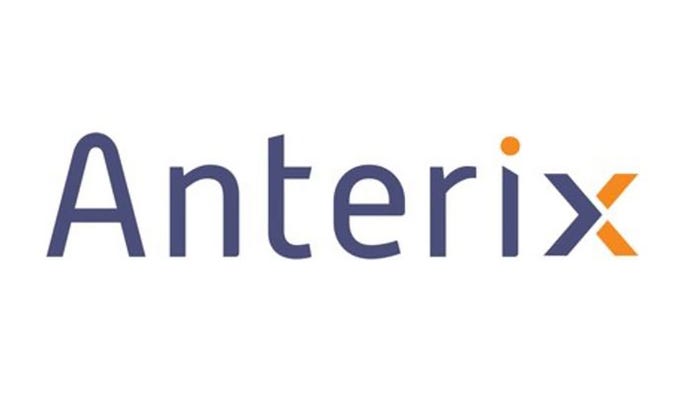Local governments are acquiring more public-safety technology, including transformative AI toolsLocal governments are acquiring more public-safety technology, including transformative AI tools
Data-driven tools are revolutionizing how law enforcement agencies detect, prevent and respond to criminal activity, enabling more proactive and efficient operations.

Cities and counties are increasing their public safety spending, and that’s a national trend, says Dean Cunningham, segment development manager, Public Safety, at Axis Communications, which produces network cameras, access control systems, network audio devices and other IP networking solutions for physical security and video surveillance applications. The firm offers solutions for cities, other governments and corrections.
He says several factors, including rising crime rates and heightened public safety concerns, are driving this focused investment. He notes that investments in cutting-edge technologies (artificial intelligence (AI), data analytics, integrated systems) are now becoming a priority. “Each of these tools can help improve operational efficiency and provide more effective responses to public safety needs.”
He adds that community-focused initiatives also play a role. “By recognizing the importance of addressing the root causes of crime, cities and counties are channeling more funds into programs aimed at violence prevention, community engagement, and building trust between public safety organizations and the communities they serve. This multifaceted approach highlights the growing recognition of the importance of both immediate safety measures and long-term strategies for creating safer, more resilient communities.”
Cunningham urges local government officials to review their entity’s existing inventory to determine current public safety technology and services. That way they can identify gaps and needs. Next, they need to determine their agency’s project scope and choose an open scalable platform for future growth. “They must also carefully select trusted partners and employees and conduct a proof of concept to ensure the technology, services and equipment fit the current community's needs. Then, they can integrate technology into operational planning in order to refine and evaluate system performance on a continuous scale. Lastly, it's important to stay up to date on any emerging technologies to keep public safety efforts as currently advanced as possible.”
Cunningham tells Co-op Solutions that data-driven tools are revolutionizing how law enforcement agencies detect, prevent and respond to criminal activity, enabling more proactive and efficient operations. “Tools like AI and cloud technology are helping to enhance public safety with predictive policing software that identifies potential crime patterns, real-time data integration platforms for seamless information sharing, gunshot detection systems for rapid incident response, and mobile forensics tools to collect and analyze digital evidence efficiently.”
He adds that AI has proven to be a game-changer across the public safety spectrum. He notes that it powers predictive analytics, facial recognition systems, and automated incident reporting. “It enables faster and more accurate decision-making.”
Cunningham says cloud-based solutions can aid public safety teams. “They provide improved collaboration, scalability and remote access, allowing agencies to manage and share data securely and efficiently. By integrating cutting-edge technologies and community-oriented approaches, public safety organizations are better equipped to enhance operational efficiency and address both immediate and long-term safety needs.”
To read the complete article, visit American City & County.



